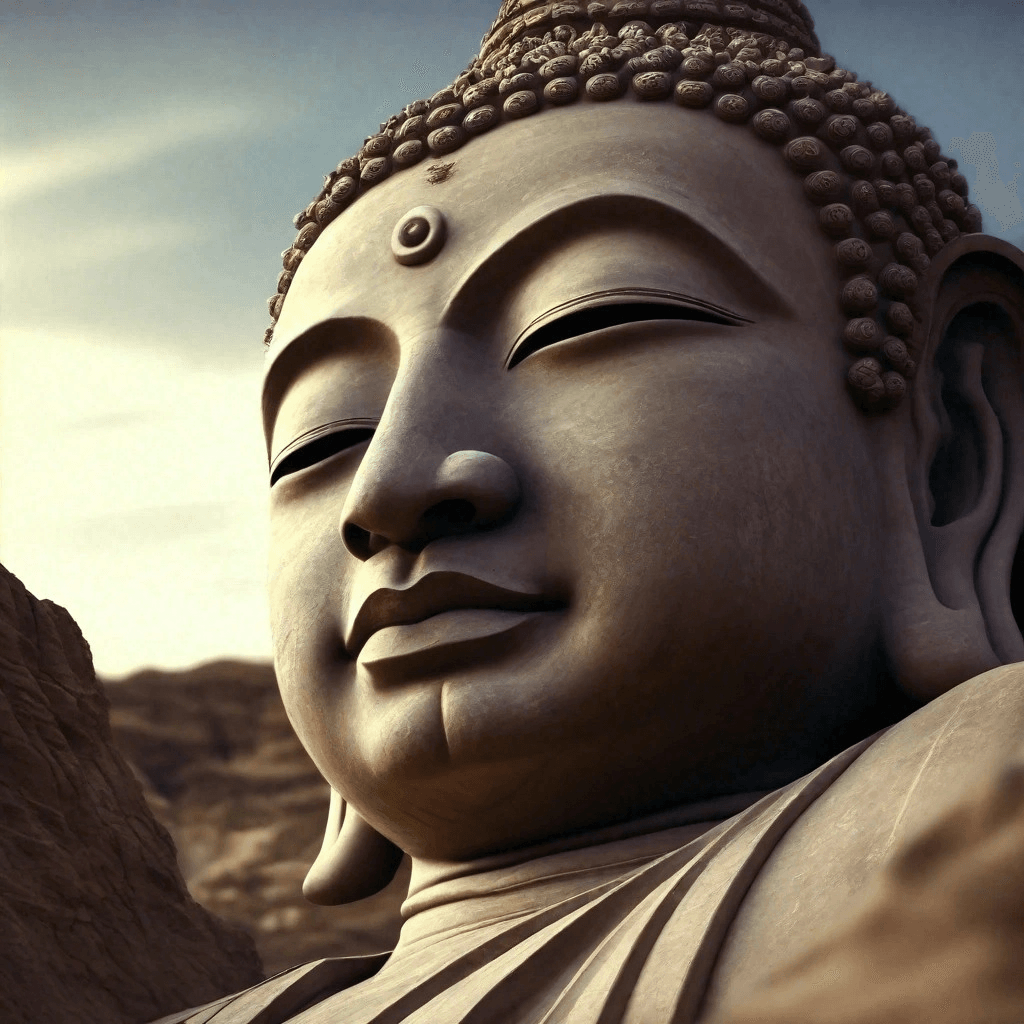
26.How to Incorporate Meditation into Your Yoga Routine
Incorporating Meditation into Your Yoga Routine: A Harmonious Blend for Mind and Body
Yoga and meditation are complementary practices that, when combined, can significantly enhance your physical, mental, and emotional well-being. While yoga focuses on physical postures and breath control, meditation centers on mindfulness and mental clarity. Integrating meditation into your yoga routine can deepen your practice, helping you achieve a state of holistic harmony. Here’s how you can seamlessly blend meditation with your yoga practice.
Understanding the Synergy Between Yoga and Meditation
Yoga prepares the body and mind for meditation. The physical postures (asanas) help release tension and increase flexibility, making it easier to sit still and focus during meditation. Meanwhile, the meditative state enhances your ability to perform yoga with mindfulness, leading to a more profound and rewarding practice.
Steps to Incorporate Meditation into Your Yoga Routine
1. Begin with Intention Setting:
– Before starting your yoga session, take a moment to set a clear intention. This could be something like finding inner peace, cultivating gratitude, or enhancing self-awareness. This intention will guide your practice and help maintain focus.
2. Mindful Breathing (Pranayama):
– Incorporate pranayama, or breath control, at the beginning of your session. Techniques like deep belly breathing, alternate nostril breathing, or Ujjayi breath can calm the mind and prepare you for both yoga and meditation.
3. Start with a Short Meditation:
– Begin your yoga practice with a brief meditation session. Sit comfortably, close your eyes, and focus on your breath for 5-10 minutes. This initial meditation helps center your mind and sets a mindful tone for your yoga practice.
4. Integrate Mindfulness into Asanas:
– As you move through your yoga postures, maintain a mindful awareness of your body, breath, and the sensations you experience. Pay attention to how your body feels in each pose and use your breath to move with intention and grace.
5. Use Yoga Nidra:
– Yoga Nidra, or yogic sleep, is a powerful meditative practice often done at the end of a yoga session. It involves lying down in Savasana (corpse pose) and following a guided meditation. This practice promotes deep relaxation and mental clarity.
6. End with a Longer Meditation:
– Conclude your yoga routine with a longer meditation session. After completing your asanas and pranayama, sit or lie down in a comfortable position, close your eyes, and meditate for 10-20 minutes. Focus on your breath, a mantra, or simply observe your thoughts without attachment.
Tips for a Seamless Integration
1. Create a Dedicated Space:
– Designate a quiet, comfortable space for your yoga and meditation practice. A peaceful environment can enhance your focus and make your practice more enjoyable.
2. Be Consistent:
– Consistency is key to reaping the benefits of yoga and meditation. Try to practice at the same time each day, even if it’s just for a few minutes.
3. Use Props if Needed:
– Don’t hesitate to use props like yoga blocks, bolsters, or meditation cushions to make your practice more comfortable and accessible.
4. Listen to Your Body:
– Always listen to your body and practice at your own pace. If you feel discomfort or pain, modify the pose or take a break.
5. Seek Guidance:
– If you’re new to yoga or meditation, consider taking classes or using guided resources. Instructors can provide valuable insights and help you refine your practice.
Benefits of Combining Yoga and Meditation
1. Enhanced Mind-Body Connection:
– The combination of physical movement and mindfulness strengthens the connection between your mind and body, promoting overall well-being.
2. Improved Focus and Concentration:
– Meditation enhances your ability to focus and concentrate, which can improve your performance in yoga and other areas of life.
3. Reduced Stress and Anxiety:
– Both yoga and meditation have been shown to reduce stress and anxiety levels, promoting a sense of calm and relaxation.
4. Greater Emotional Balance:
– Regular practice helps in managing emotions, leading to improved emotional resilience and stability.
5. Increased Flexibility and Strength:
– Yoga improves physical flexibility and strength, while meditation cultivates mental and emotional flexibility and strength.
Conclusion
Incorporating meditation into your yoga routine can transform your practice, making it a more enriching and holistic experience. By combining the physical benefits of yoga with the mental and emotional benefits of meditation, you can achieve a deeper state of balance, peace, and well-being. Start with small steps, be consistent, and let your practice evolve naturally. Embrace this harmonious blend and discover the profound impact it can have on your life.



